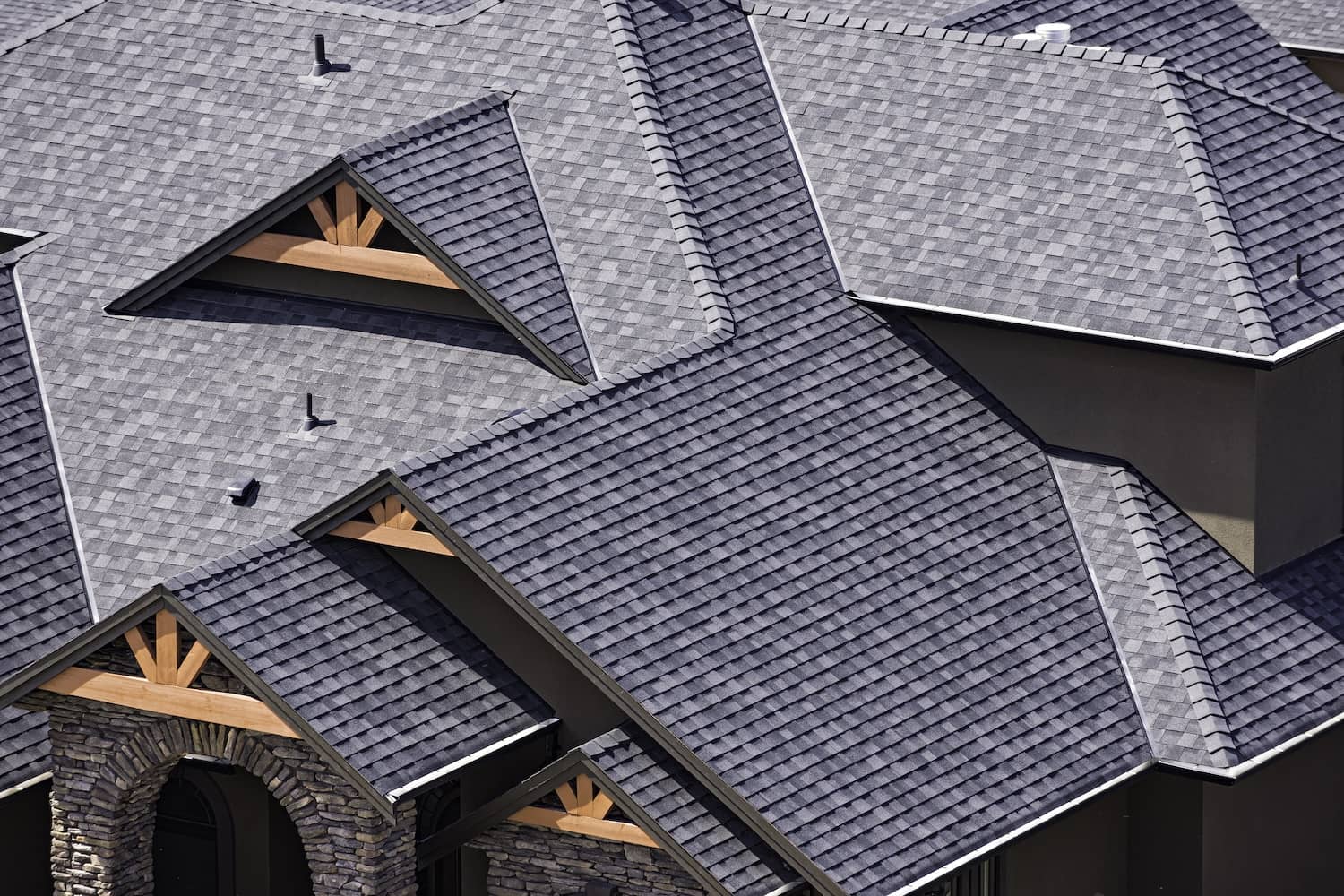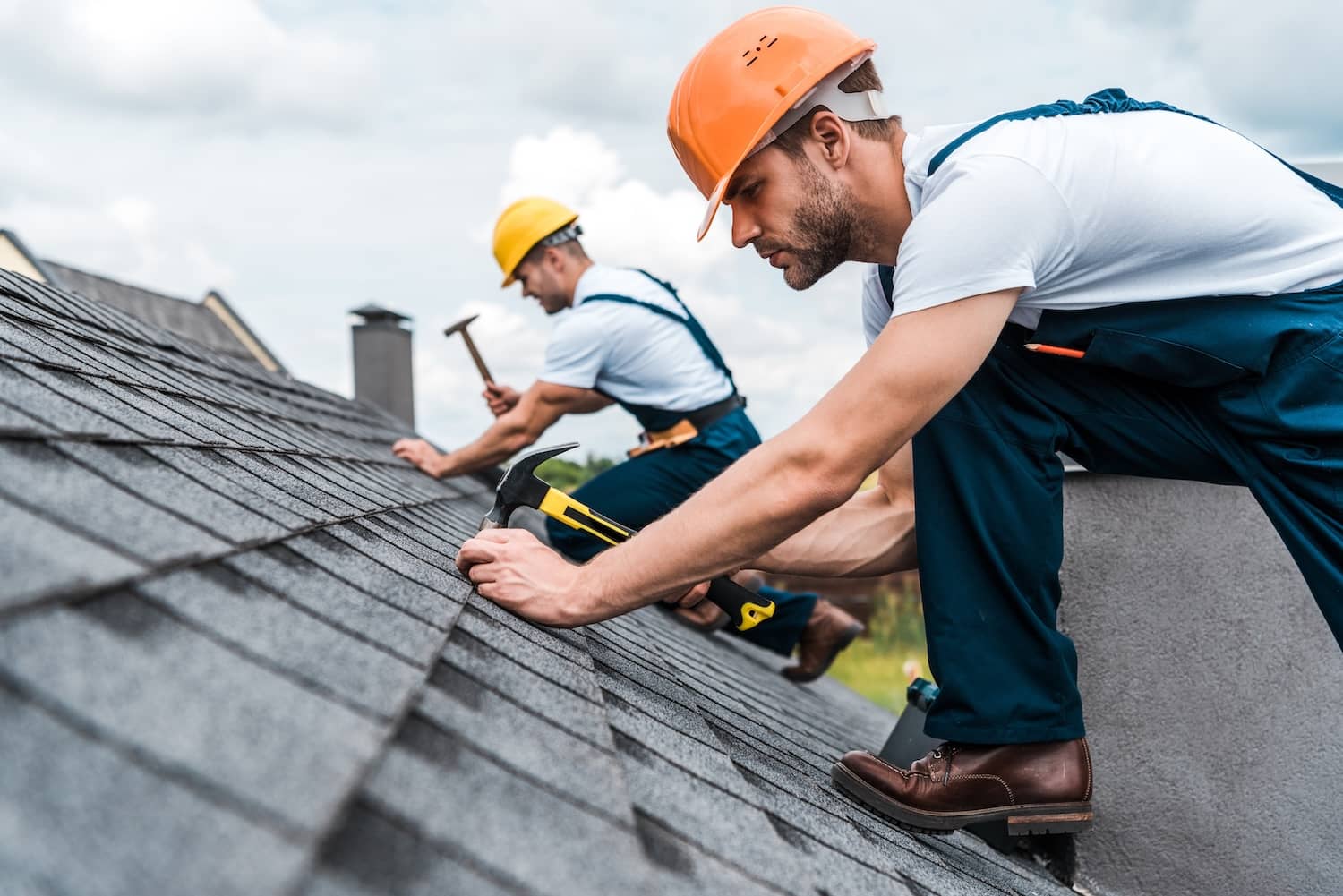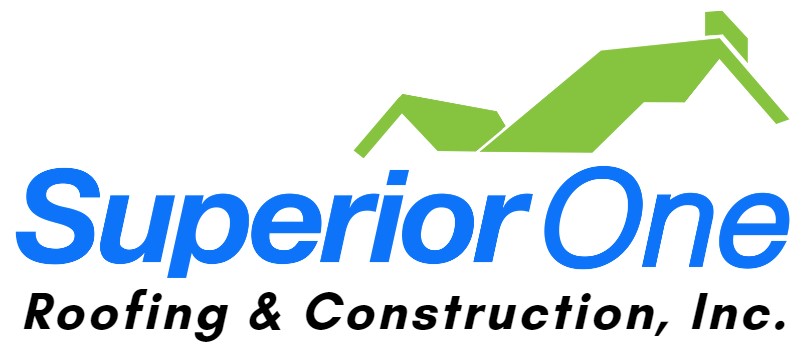Frequently Asked Questions
What is the average lifespan of a residential roof?
The average lifespan of a residential roof typically ranges from 20 to 50 years, depending on the roofing material used and the quality of installation and maintenance.
Can residential roofs withstand severe weather conditions?
Residential roofs can indeed withstand severe weather conditions when constructed with high-quality materials and proper installation techniques. Choosing durable roofing options and regular maintenance significantly enhances their resilience against storms, hail, and extreme temperatures.
What is the process of installing a residential roof?
The process of installing a residential roof involves several key steps: assessing the existing roof, removing old materials, repairing any damage, installing underlayment, placing new shingles or roofing materials, and finally, ensuring proper ventilation and sealing.
Do residential roofs require regular maintenance?
Residential roofs require regular maintenance to ensure their longevity and effectiveness. Routine inspections and timely repairs can prevent costly damage, enhance roof performance, and protect your home’s value.
Can I repair a residential roof instead of replacing it?
Repairing a residential roof is often possible instead of replacing it. If the damage is minor, such as small leaks or missing shingles, repairs can effectively extend the roof's lifespan and maintain its integrity.
What is the cost of replacing a residential roof?
The cost of replacing a residential roof varies based on factors like roof size, materials, and labor. On average, homeowners can expect to pay between $5,000 and $15,000 for a complete roof replacement.
What are the advantages of asphalt shingle residential roofing?
The advantages of asphalt shingle residential roofing include affordability, a variety of styles and colors, ease of installation, and excellent durability. Additionally, they provide effective weather resistance and require minimal maintenance, making them a popular choice among homeowners.
What are the different types of residential roofing materials?
The different types of residential roofing materials include asphalt shingles, metal roofing, wood shakes, clay tiles, and slate. Each option offers unique benefits in terms of durability, aesthetics, and cost, catering to various homeowner preferences.
Can I install a residential roof by myself?
Installing a residential roof by yourself is possible, but it requires significant skill, knowledge, and safety precautions. For the best results and to ensure your roof's longevity, hiring a professional is recommended.
What is the purpose of roofing felt on residential roofs?
The purpose of roofing felt on residential roofs is to serve as a moisture barrier, protecting the roof deck from water infiltration and providing an additional layer of insulation, which enhances the overall durability and longevity of the roofing system.
Can I upgrade my residential roof to be more energy-efficient?
Upgrading your residential roof to be more energy-efficient is possible. By choosing materials like cool roofing or adding proper insulation, you can significantly reduce energy consumption and enhance your home's comfort.
Can I install solar panels on my residential roof?
Installing solar panels on your residential roof is possible, provided your roof is structurally sound and receives adequate sunlight. It's best to consult with a professional to assess your specific situation and ensure a proper installation.
What causes roof leaks in residential areas?
The causes of roof leaks in residential areas include damaged shingles, improper installation, clogged gutters, and wear and tear from weather conditions. Regular maintenance can help identify and prevent these issues.
What are the benefits of metal residential roofing?
The benefits of metal residential roofing include durability, energy efficiency, and low maintenance. Metal roofs are resistant to extreme weather conditions, can reflect solar heat, and often last longer than traditional roofing materials, making them a smart investment for homeowners.
How do I identify signs of residential roof damage?
Identifying signs of residential roof damage involves looking for missing shingles, leaks, sagging areas, or dark spots on ceilings. Regular inspections can help catch these issues early, ensuring your roof remains in good condition.
How do I prevent ice dams on my residential roof?
Preventing ice dams on your residential roof involves ensuring proper insulation and ventilation in your attic. This helps maintain a consistent roof temperature, preventing snow from melting and refreezing at the eaves.
How do I choose a reliable residential roofer?
Choosing a reliable residential roofer involves researching their credentials, checking reviews and references, and ensuring they have proper insurance and warranties. Look for experience in your specific roofing needs to ensure quality service.
How do I fix a leaky residential roof?
Fixing a leaky residential roof involves identifying the source of the leak, which may include damaged shingles or flashing. Once located, replace or repair the affected areas and ensure proper sealing to prevent future leaks. For best results, consider consulting a professional.


